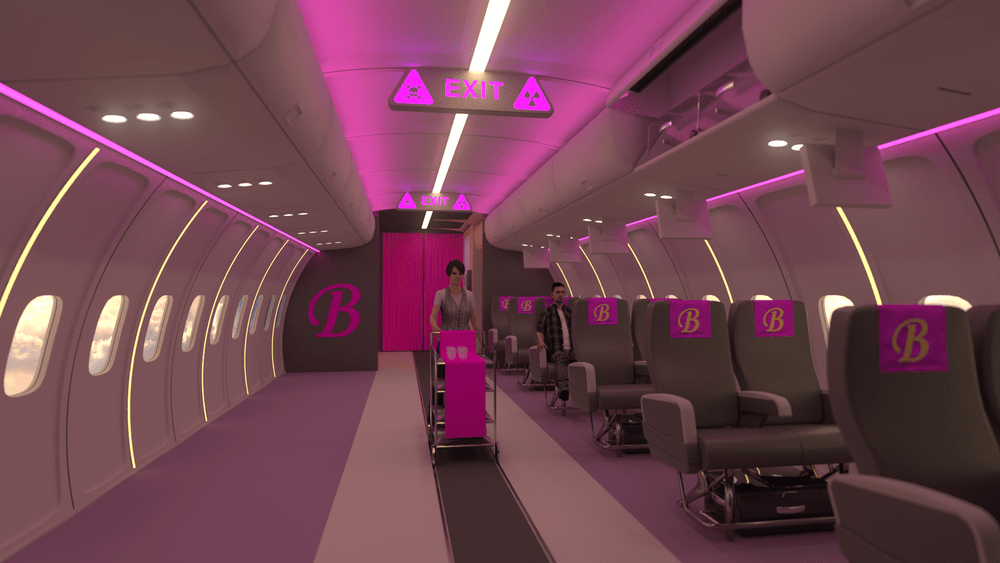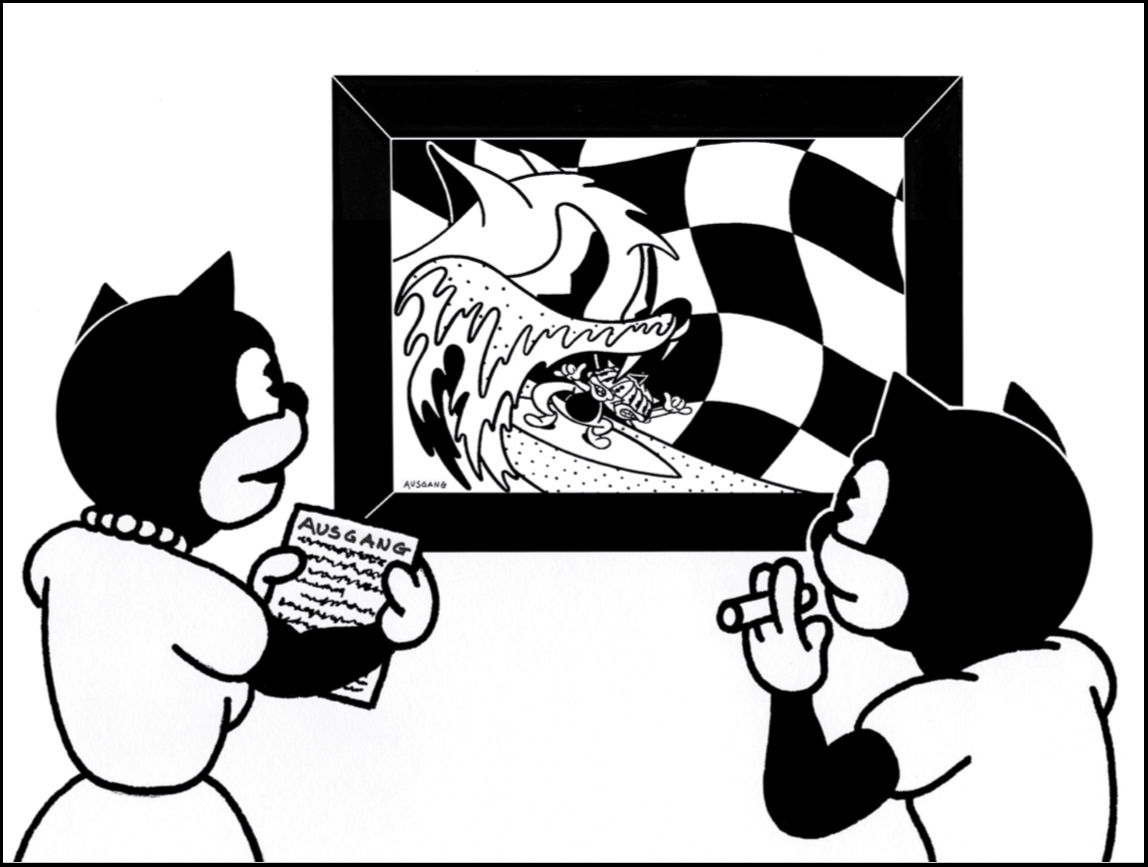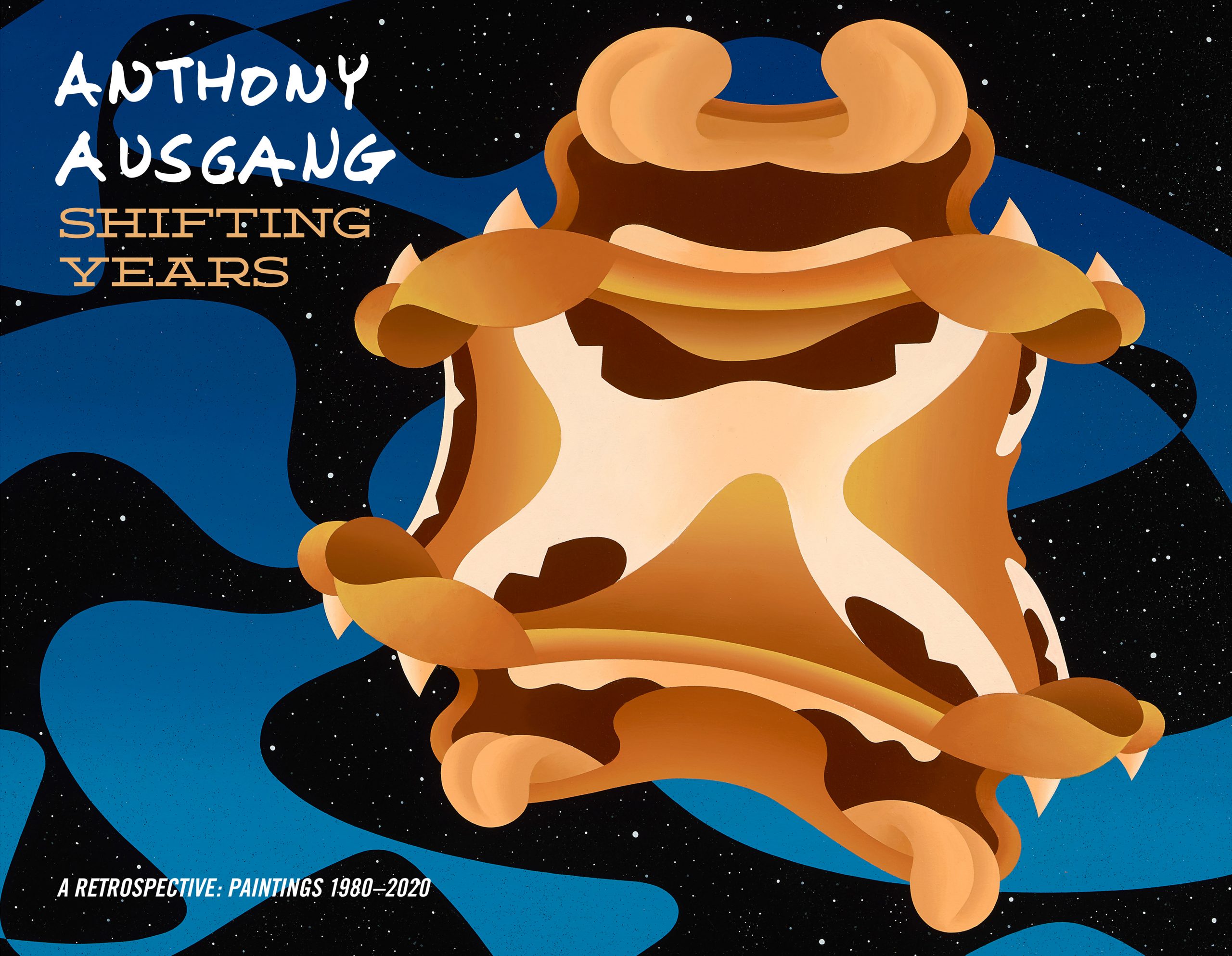My cultural quarantine began on March 28th, 2020, when I arrived at a huge building in the Fairfax District housing The Zone: The Britney Spears Experience. I was there to cover what was promoted as a massive “immersive retail experience” for Artillery Magazine, and particularly looked forward to visiting the IG-ready, full-size replica of the interior of Spears’ personal jet. But the entrance was locked, and on the door was the first of the many CLOSED DUE TO COVID-19 signs I would see from then on. I frantically called my editor and we wailed at each other in disbelief as she revealed that the next issue of Artillery might have to be cancelled anyway due to advertisers dropping out. I drove home, vaguely thrilled with foreboding at this unprecedented situation.

For a couple of weeks, the ”new now” was OK with me; I called friends when I found toilet paper and they called me if they located pasta and sauce. Although a lot of people were suddenly out of work, my life didn’t change much since my wife is an essential worker and I was already working from home, arranging my 1980 to 2020 retrospective exhibition. Scheduled to open May 23rd at The Fullerton Museum Center, I was confident that the museum shared my “the show must go on” attitude and everything would continue as planned. But after several postponements, it became clear that wasn’t the case; in fact, the FMC was closing due to financial difficulties at The City of Fullerton. I felt it would be unfortunate if the two years’ worth of work locating paintings and dealing with collectors had all been for nothing, so I chose to publish an exhibition catalog regardless. It was important to me that all those paintings be presented together in one form or another, and I figured that in fifty years it wouldn’t matter if there had been an exhibition or not. Either way, the only form of remembrance would be the catalog, so I enthusiastically included paintings that had not been available for the exhibition, thereby creating a facsimile record of the show I really wanted to have.

Painting by Anthony Ausgang
By pre-pandemic standards, this “improved simulacrum” is about as legitimate as a football game in an empty stadium. But within the liberties of art’s New Now, such work without witness proves the public is no longer a necessary ingredient. Which is indicative of the current art world’s reliance on synthetic history to bridge the gap between a stalled culture’s before and after. Still, the good news is that the pandemic has freed artists from the Art-Industrial Complex and its incessant need for masterpieces; keeping art relevant is up to the artists again.

Anthony Ausgang Retrospective Catalog Cover


